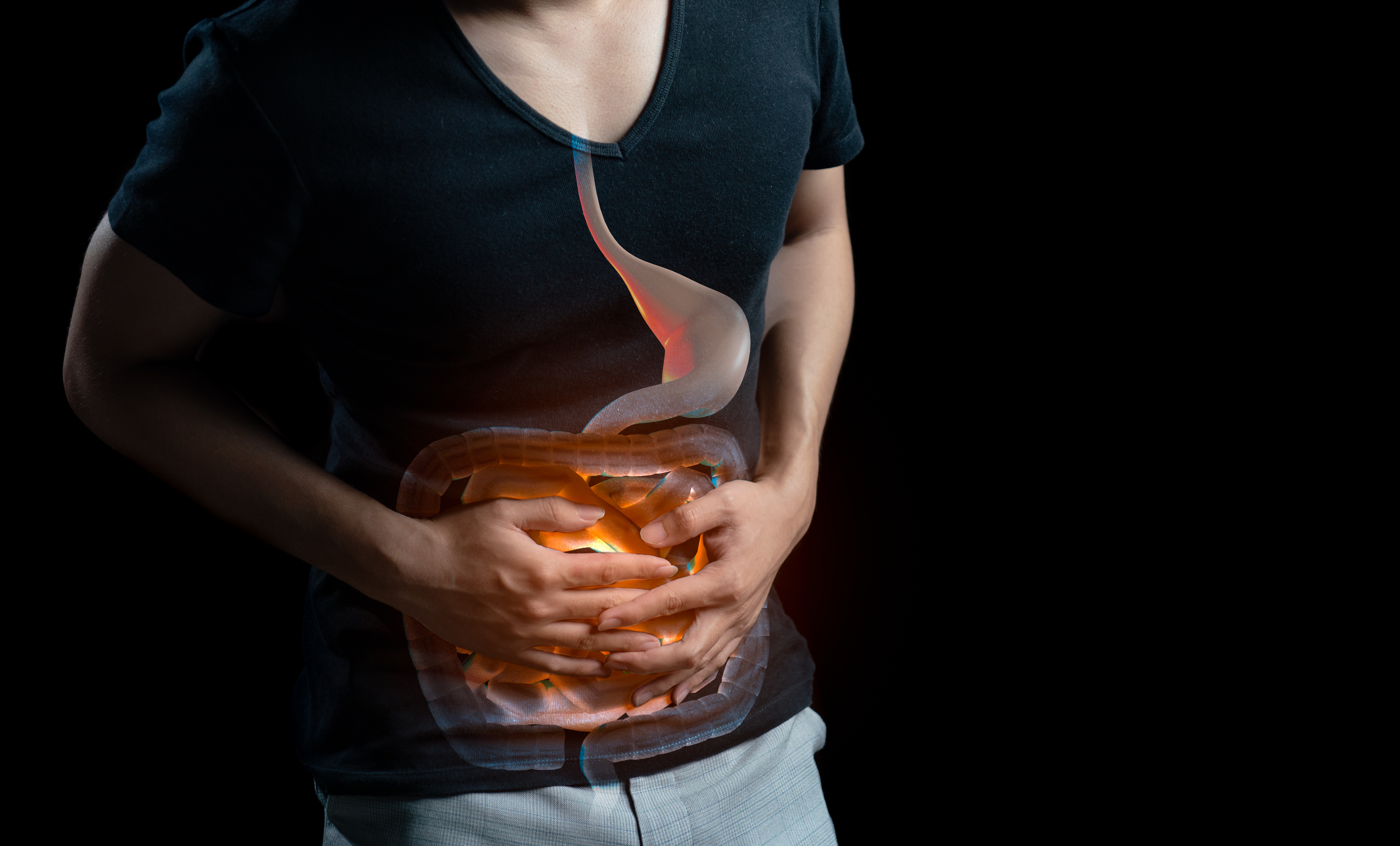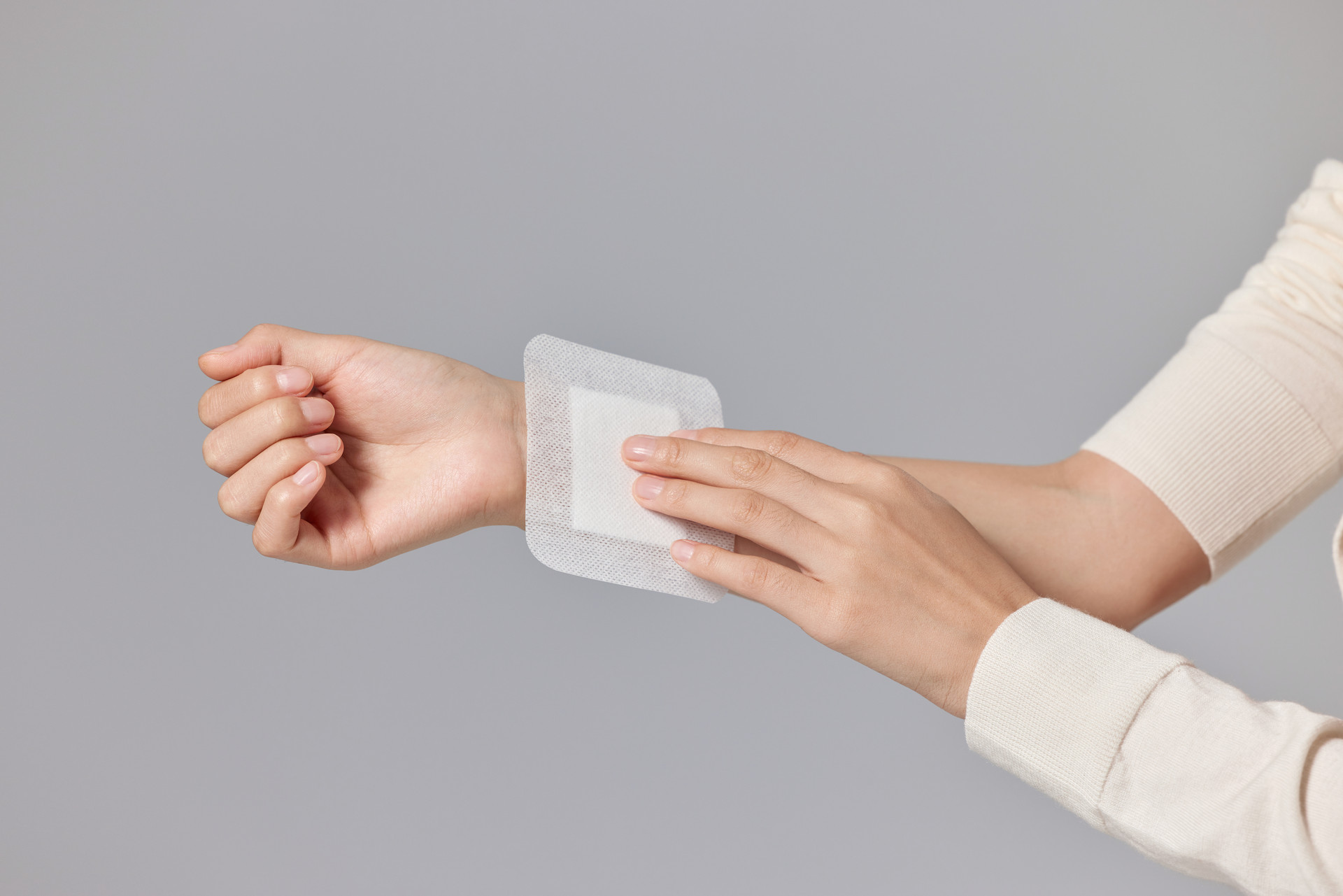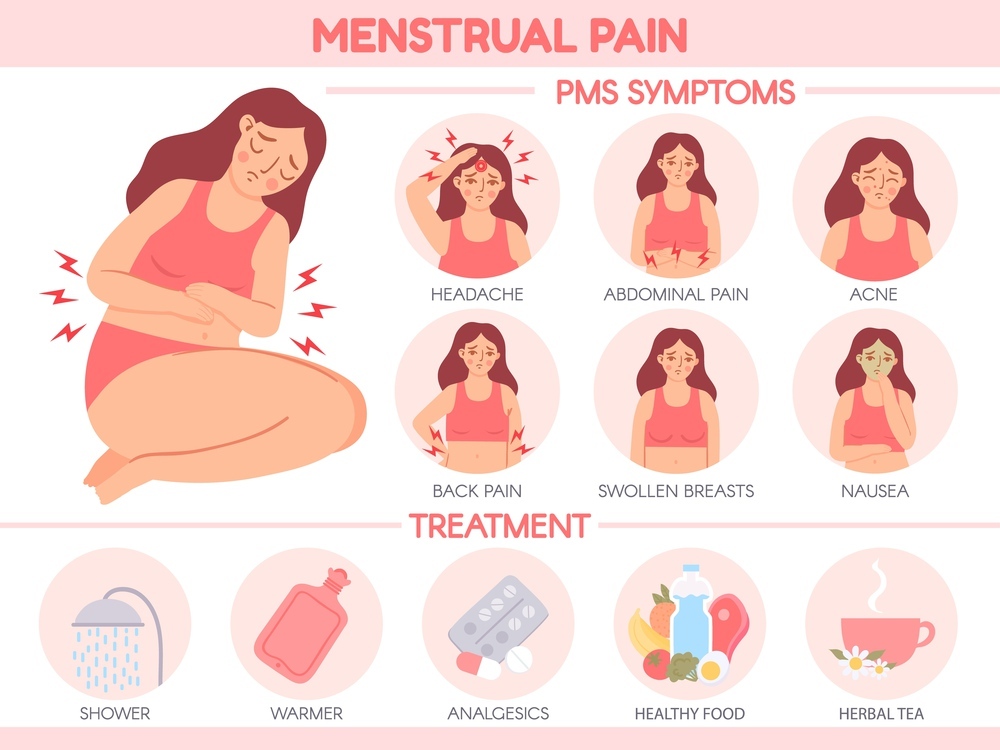Acute mastitis often occurs during lactation, mainly due to improper feeding methods and poor milk drainage, combined with infection during breastfeeding. Guo Yufei reminds young mothers to learn the correct breastfeeding methods to avoid milk stasis. It is also important to pay attention to breast hygiene, which can prevent the occurrence of acute mastitis and promote the healthy growth of the baby.
Pay attention to the following aspects during breastfeeding:
Breastfeeding posture: Maintain the correct breastfeeding posture. Breastfeeding is generally done in a seated position, with the upper body naturally upright. This helps to ensure smooth milk flow and facilitates the baby's swallowing. It is not advisable to lie down on the bed for breastfeeding.
Feeding time: Control the feeding time, generally around 15 minutes per session. Some mothers feed for one or two hours to soothe the baby, which is not a good habit. From the baby's perspective, their stomach capacity is small and frequent but smaller meals are beneficial for digestion and absorption. From the mother's perspective, prolonged breastfeeding is not conducive to breast health because healthy babies also carry bacteria in their mouths. Prolonged exposure of the nipples to bacteria and saliva can easily lead to inflammation. Therefore, it is important to avoid allowing the child to develop a habit of prolonged nipple sucking. It is also not advisable to let the child fall asleep while sucking on the nipple, as it is not conducive to the baby's swallowing of milk and also affects the mother's breast health.
Breastfeeding techniques: Master some breastfeeding techniques. Sometimes, even after feeding for more than 15 minutes, the baby continues to suckle eagerly and refuses to let go of the nipple. In this case, do not forcefully pull out the nipple. Instead, use certain methods to cleverly stop breastfeeding. One method is to block the baby's nose with the breast or pinch the baby's nose. When the baby opens their mouth to breathe, they will release the nipple. Another method is to place a clean finger in the baby's mouth and remove the nipple while the baby sucks on the finger.
Prevent mastitis: If there is excess milk that the baby cannot finish and the breasts become swollen due to milk accumulation, it can be expressed. When expressing milk, it is not necessary to squeeze the entire breast, just the areola is sufficient. This is because milk is secreted from the mammary glands and then discharged from the lactiferous ducts, stored in the lactiferous sinus below the areola. The baby's nursing stimulates the nipple, causing milk ejection. It is important to timely express milk when there is milk accumulation. If the lump caused by milk accumulation does not disappear after two days, it becomes difficult to manually express the milk.
Timely treatment of mastitis: If acute mastitis is accidentally contracted, it should be promptly treated. In the early stage of acute mastitis, there may be breast lumps, generally the size of a ping pong ball. At this time, manual expression of milk and herbal medicine application can help unblock milk flow and eliminate the lump. If left untreated, severe milk stasis can lead to breast pain, increased lump size, and symptoms such as chills, fever, and abscess formation in the breast. Treatment for acute mastitis should be sought at a specialized clinic in a regular hospital, where specialized doctors will formulate treatment plans. In addition to manual expression of milk, the use of herbal medicine application and customized herbal medicine prescription will yield better results. Manual expression of milk requires certain skills and experience, so it is best to seek assistance from a specialist. For cases with milder symptoms, under the guidance of a specialist, family members can perform the procedure.








